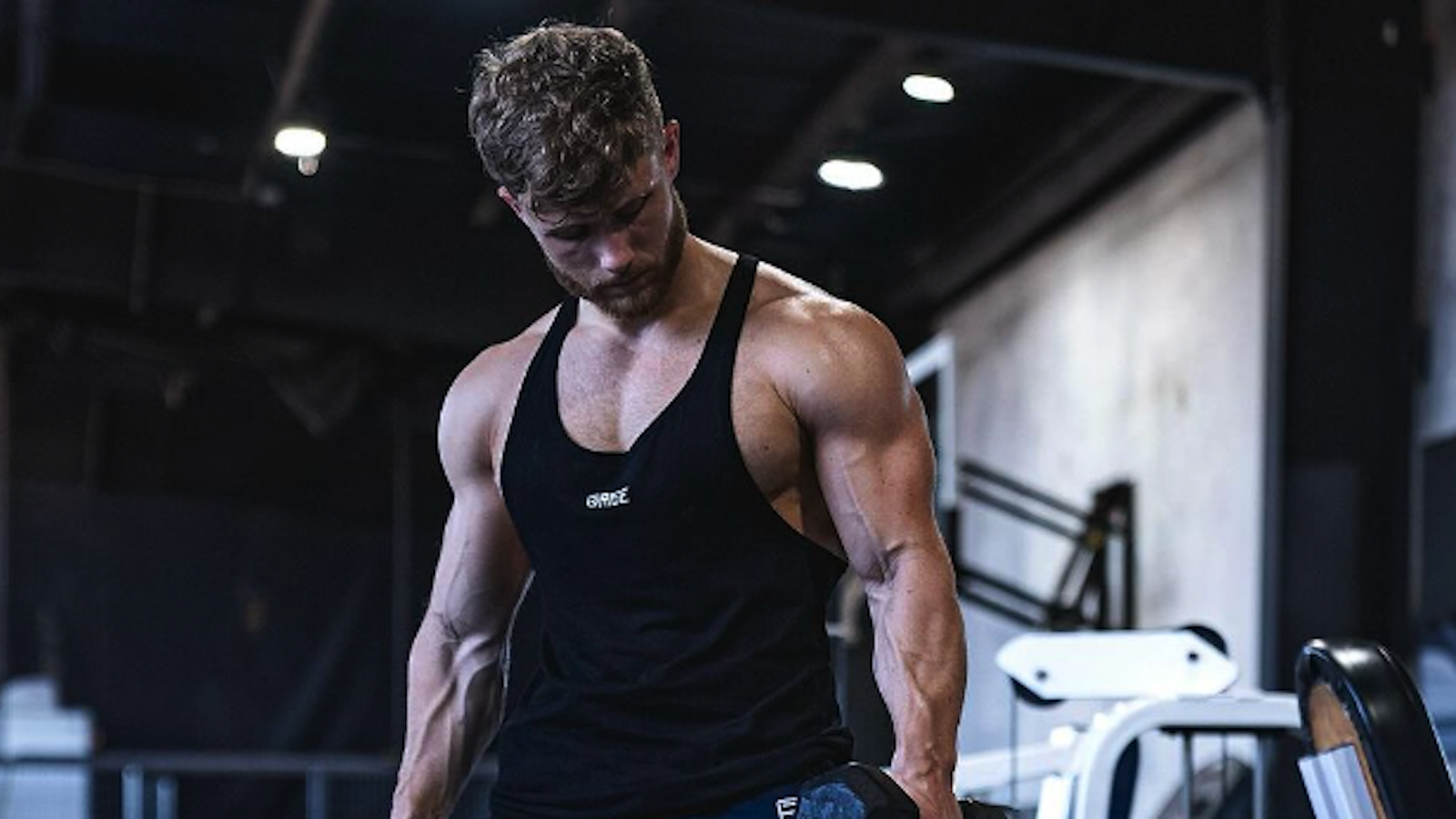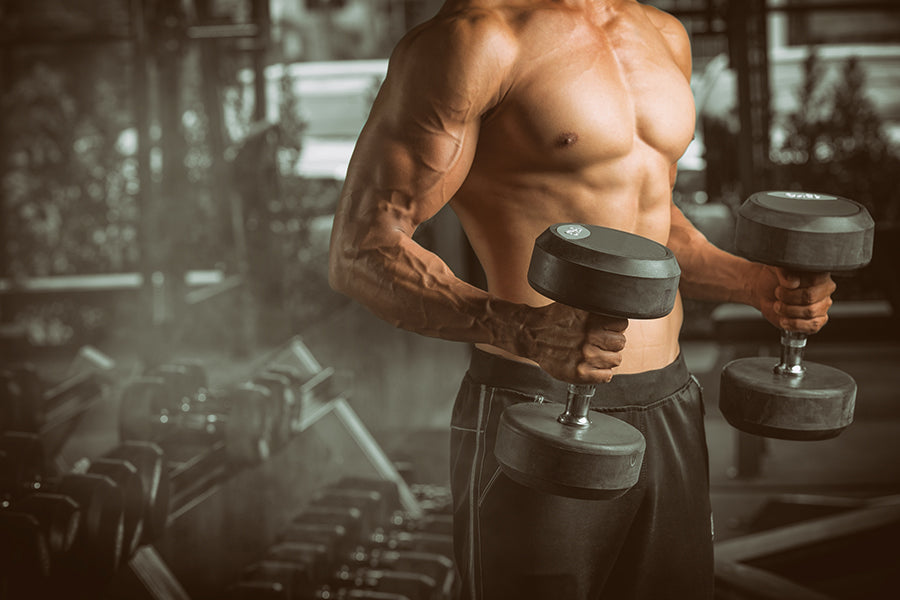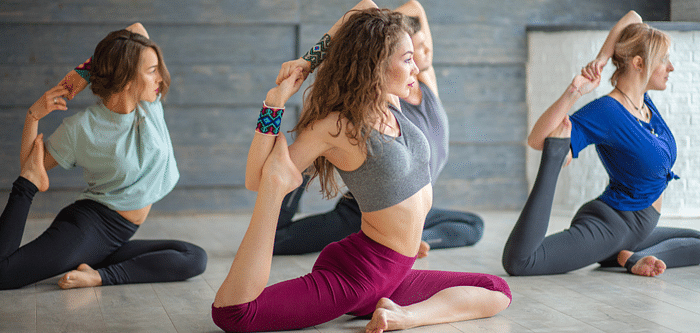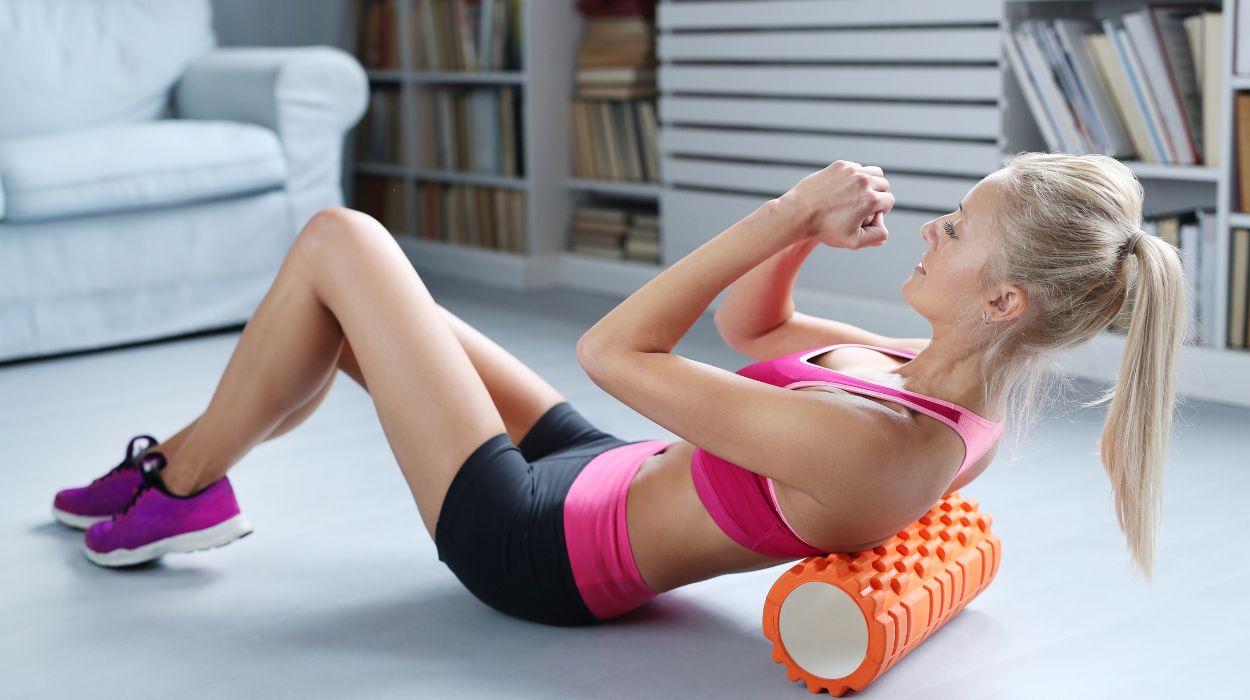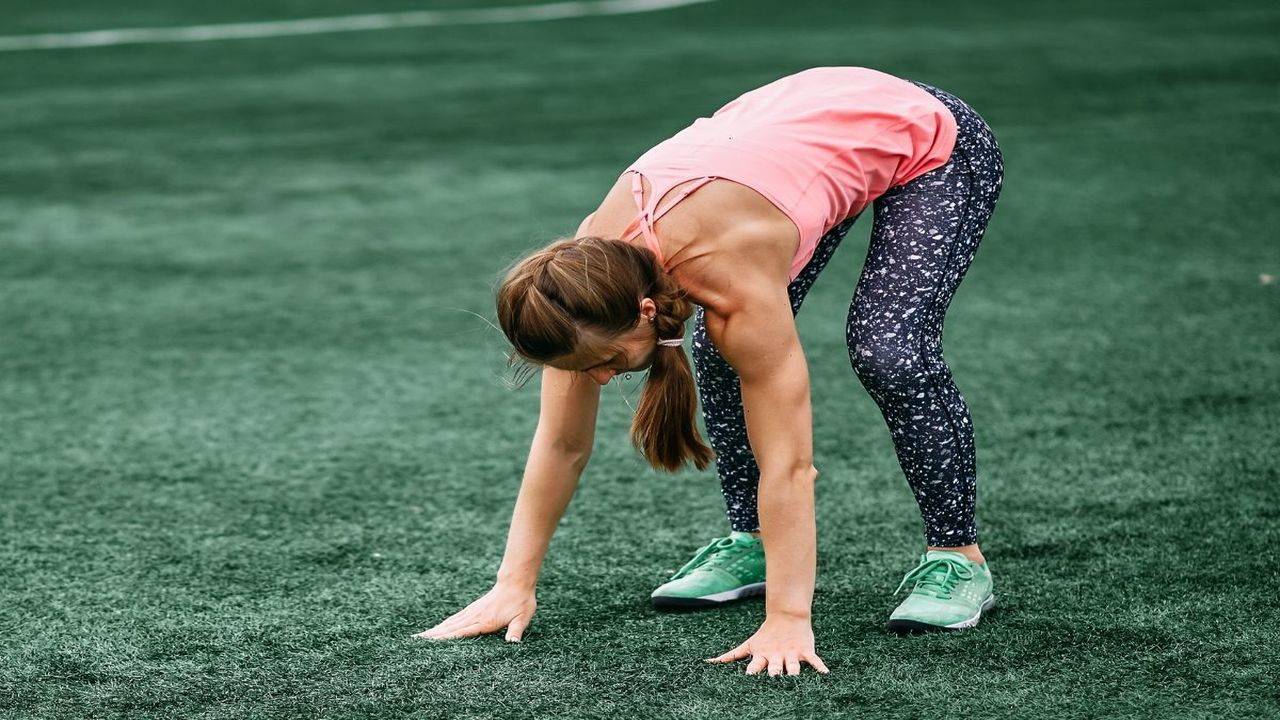If you’ve been training for a while, you’ve probably seen guys cheating out half reps with bad form. Normally, partial reps get a bad rap — they’re sloppy, rushed, and done by people who don’t want to lift the full range. But what if I told you that planned partial reps, done the right way, could help you build more muscle than the classic full-range style? That’s where long-length partials come in.
Long-length partials are an old-school trick brought back to life by modern lifters who want to squeeze every drop of growth out of their workouts. They’re simple to learn, brutal to perform, and can push your muscle size to new levels when your regular sets stop delivering.
Let’s dig into what long-length partials are, why they work so well, and how you can add them to your next workout for a serious boost.
What Are Long-Length Partials?
Long-length partials are exactly what they sound like — partial reps done only in the stretched part of a lift. Instead of moving the weight through the full range, you focus on the bottom portion where the muscle is under the most tension.
Example: Think about dumbbell bicep curls. Instead of curling the weight all the way up to your shoulder, you stop around halfway and focus on moving it in that stretched position near the bottom.
You’re not cheating — you’re purposely forcing the muscle to fight the hardest part of the movement where it’s stretched under load.
Why Do Long-Length Partials Work?
Muscles grow when they’re under tension, especially when they’re stretched. Studies show that muscles experience the most damage — the good kind that triggers growth — in the lengthened position.
When you do a full-range rep, the tension drops when you reach the top where the muscle is fully contracted. But when you grind out partial reps in the stretch, you keep constant tension where it matters most.
Benefits:
- Greater stretch under load: This deep stretch tears down more fibers.
- Constant tension: No easy rest at the top.
- More muscle damage: The controlled stretch is proven to create new growth.
- More time under tension: You rack up more effective work in less time.
This is why you often feel the deepest burn at the bottom of lifts. Long-length partials crank that up on purpose.
Who Should Use Long-Length Partials?
This technique works best for intermediate and advanced lifters who already know how to control a lift with good form. If you’re new to lifting, build your foundation first.
Long-length partials are amazing for people who:
- Feel stuck at a size plateau
- Want more tension but can’t lift heavier safely
- Have lagging muscle groups that just don’t pop
- Need to spice up stale workouts
Best Exercises for Long-Length Partials
Not every lift is suited for this. The best movements are ones where the muscle is loaded heavily in the stretch position and the risk of injury is low.
Top picks:
- Dumbbell bicep curls
- Incline dumbbell curls
- Seated hamstring curls
- Seated leg extensions (for quads)
- Dumbbell lateral raises
- Pec deck flyes or cable flyes
- Skull crushers
- Seated cable rows with a stretch at the start
Compound lifts like squats or deadlifts can work, but they’re riskier for beginners. Machines and cables are your friends here.
How to Perform Long-Length Partials
Let’s break it down with an example.
Incline Dumbbell Curl
- Sit back on an incline bench with dumbbells.
- Curl the weight up but stop halfway — don’t bring it all the way to the shoulder.
- Lower slowly until your arms are fully stretched.
- Stay in that bottom half of the curl, moving up and down without resting at the top.
- Aim for 10-15 partial reps, or go until you can’t hold good form.
It burns like crazy, but that’s the point.
Add Long-Length Partials to Your Workout
You don’t need to build an entire session around partials. They work best as a finisher or overload tool.
Here are 3 ways to use them:
- End of a set: Do a normal set of full reps. When you hit failure, switch to long-length partials to squeeze out extra growth.
- Standalone set: Perform 2-3 sets of 10-15 partials after your main work.
- Superset style: Pair full reps and partials back-to-back for brutal intensity.
Example: Biceps Workout with Long-Length Partials
Barbell Curl
- 4 sets of 8-10 full reps
Incline Dumbbell Curl
- 3 sets of 8-10 full reps
- After last set, drop weight by 20% and do 10-15 long-length partials
Hammer Curl
- 3 sets of 10 reps
Your arms will feel like they doubled in size.
Should You Go Heavy with Long-Length Partials?
No. Focus on control and constant tension, not max weight. Pick a weight you can handle for your normal set, then use slightly lighter dumbbells for the partials.
Remember — you want the muscle doing the work, not momentum.
Tips for Success
- Stay strict: Don’t swing or bounce the weight.
- Feel the stretch: Control the lowering phase, don’t drop fast.
- Focus on the target muscle: Squeeze and feel it working.
- Breathe: Exhale as you lift, inhale as you lower.
- Don’t overdo it: Partial reps create a lot of fatigue. A little goes a long way.
Can You Use Long-Length Partials for Legs?
Absolutely. Try seated leg curls, but stay in the bottom third of the movement where your hamstrings are stretched the most. You’ll feel soreness in spots that full-range reps don’t always hit.
For quads, leg extensions with partials near the bottom can do the same. Go slow, feel the tension, and don’t lock out at the top.
Long-Length Partials vs. Cheat Reps
Let’s be clear — these aren’t sloppy cheat reps. Cheat reps rely on momentum and bad form. Long-length partials are intentional, slow, and controlled. The weight never leaves the target muscle. If you’re swinging, you’re doing it wrong.
Recovery and Nutrition
Because partials create extra muscle damage, recovery matters. Get your protein, sleep well, and don’t overuse this method every session. Rotate it in for a few weeks, then switch back to standard sets.
Final Thoughts
Long-length partials are proof that sometimes less range equals more results — when done right. They keep tension where it counts, force your muscles to adapt, and shake up stale routines.
Next time you hit the gym, try ending a curl, lateral raise, or flye with a round of stretch-focused partials. You’ll feel muscles working in a new way and might just spark that fresh growth you’ve been chasing.
No cheating, no shortcuts — just smart, focused intensity. Give long-length partials an honest run and watch your muscles respond. It’s a small tweak that can make a big difference. Get ready to grow!
